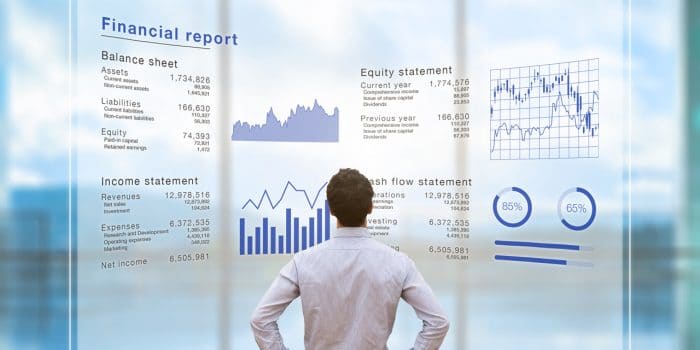Negotiating with suppliers requires a blend of behavioural and analytical skills. Without thorough analysis, no mystical influencing techniques will help to secure agreement in a challenging discussion. A review of the buyers’ and sellers’ markets alongside an assessment of the position of the respective parties is essential.
Supplier economic analysis uses supplier financial statements to provide a view of the supplier’s financial performance and associated negotiation stance. The buyer can choose to take a quick view of the supplier’s position and how this may impact relative power. Or, the buyer can choose to take a more in-depth study of the supplier. This will depend on the level of risk involved in the purchase and the amount of time available to invest for what level of return.
A quick overview will tell the buyer some information that is useful prior to negotiation:
- What gross and net profit does the supplier make as a business?
This may be compared to the industry benchmark, to the historical trend and to the account cost model that the buyer has obtained from the supplier for the purposes of should or could cost analysis.
- How is the supplier organization structured?
Ownership is an important element of how the supplier makes decisions. If they are shareholder owned, they may have different priorities and perspectives to a private or family owned organization. The organization will impact when the supplier’s financial year runs and when their accounts are published in what form. It is useful to be aware of financial quarters of the supplier when they may feel pressured to make a significant sale.
The form of the accounts may be an extensive annual report or a summary that meets government requirements, depending on the organization type. This may impact the type and quantity of information available to the buyer.
- What level of financial risk does the supplier represent?
A brief calculation of the size of the buyer as an account relative to the supplier’s overall income gives a good indication of how the buyer sits compared to the suppliers’ other customers.
This also helps the buyer to determine if the level of planned spend with the supplier is appropriate, particularly given the overall mix of products and services that the supplier is selling.
The size, profitability and attractiveness of the sale are relevant to the supplier’s potential motivation to sell to and service the buyer’s account.
An analysis of supplier solvency and liquidity provides a snapshot of the supplier’s ability to meet both immediate and longer-term liabilities in the form of salaries, purchases and debts. This analysis can be supported by a credit report and should be viewed in the context of the overall business plans of the supplier and the market conditions.
Deeper analysis
Where there is a greater need to assess supplier financial performance to understand their business efficiency and effectiveness, ratio analysis is useful to support a deeper economic study. This will give indicators of performance through return on capital employed, speed of collection of income from customers and inventory turnover. Comparison of these elements with similar organizations and industry benchmarks will provide the buyer vital clues that indicate where there are areas of opportunity.
This opportunity could be immediate cost reduction or longer-term continuous improvement ideas. In either case, supplier economic analysis is a good starting point for a challenging or collaborative discussion with a supplier.



